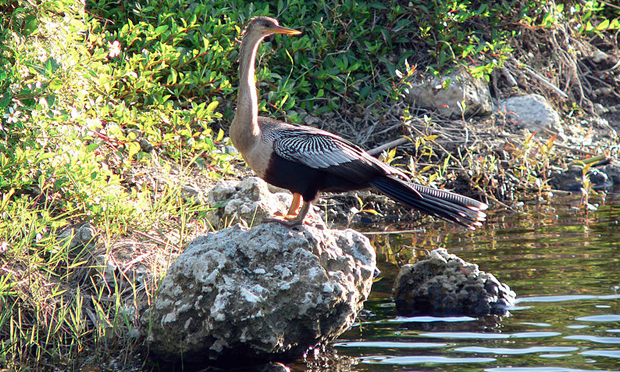 By Mara Dias for Surfrider Foundation – Water Quality
By Mara Dias for Surfrider Foundation – Water Quality
Many of the water quality problems we have at the coast begin upstream, in small streams that may only flow during the wet season. These small streams contribute to our drinking water supplies and can affect the health of larger, downstream rivers and ultimately the coast. Likewise, wetlands play an important role in flood protection and help keep fresh and tidal waters clean by filtering out pollutants.
![By Stig Nygaard from Copenhagen, Denmark (Everglades) [CC BY 2.0 (http://creativecommons.org/licenses/by/2.0)], via Wikimedia Commons](https://flylifemagazine.com/wp-content/uploads/2015/02/Screen-Shot-2015-02-18-at-9.54.51-AM-300x180.png)
By Stig Nygaard from Copenhagen, Denmark (Everglades) [CC BY 2.0 (http://creativecommons.org/licenses/by/2.0)], via Wikimedia Commons
Despite thirty years of comprehensive protections under the Clean Water Act, two Supreme Court decisions in 2001 and 2006 made it unclear whether these small streams and wetlands were still protected. Enforcement and compliance have since been decided on a case-by-case basis, costing tax payers, industry and environmental groups all unnecessary money, and often leaving important waterbodies and wetland areas unprotected from damage and pollution.
The Army Corps of Engineers and the Environmental Protection Agency (EPA) are currently undergoing a rulemaking process to clarify protected Waters of the US under the Clean Water Act (CWA). This rule proposes to restore CWA protections to intermittent streams and wetlands as previously defined before the Supreme Court made enforcement unclear. Learn more about this administrative rulemaking process on EPA’s website.


